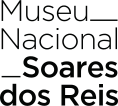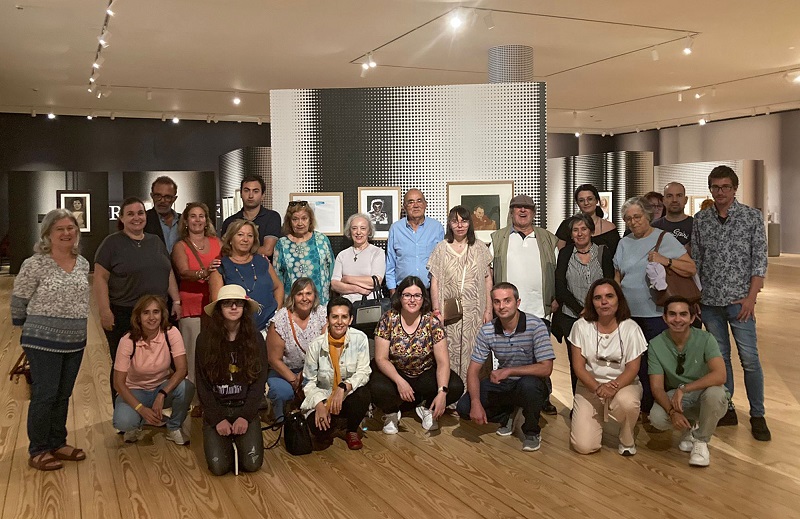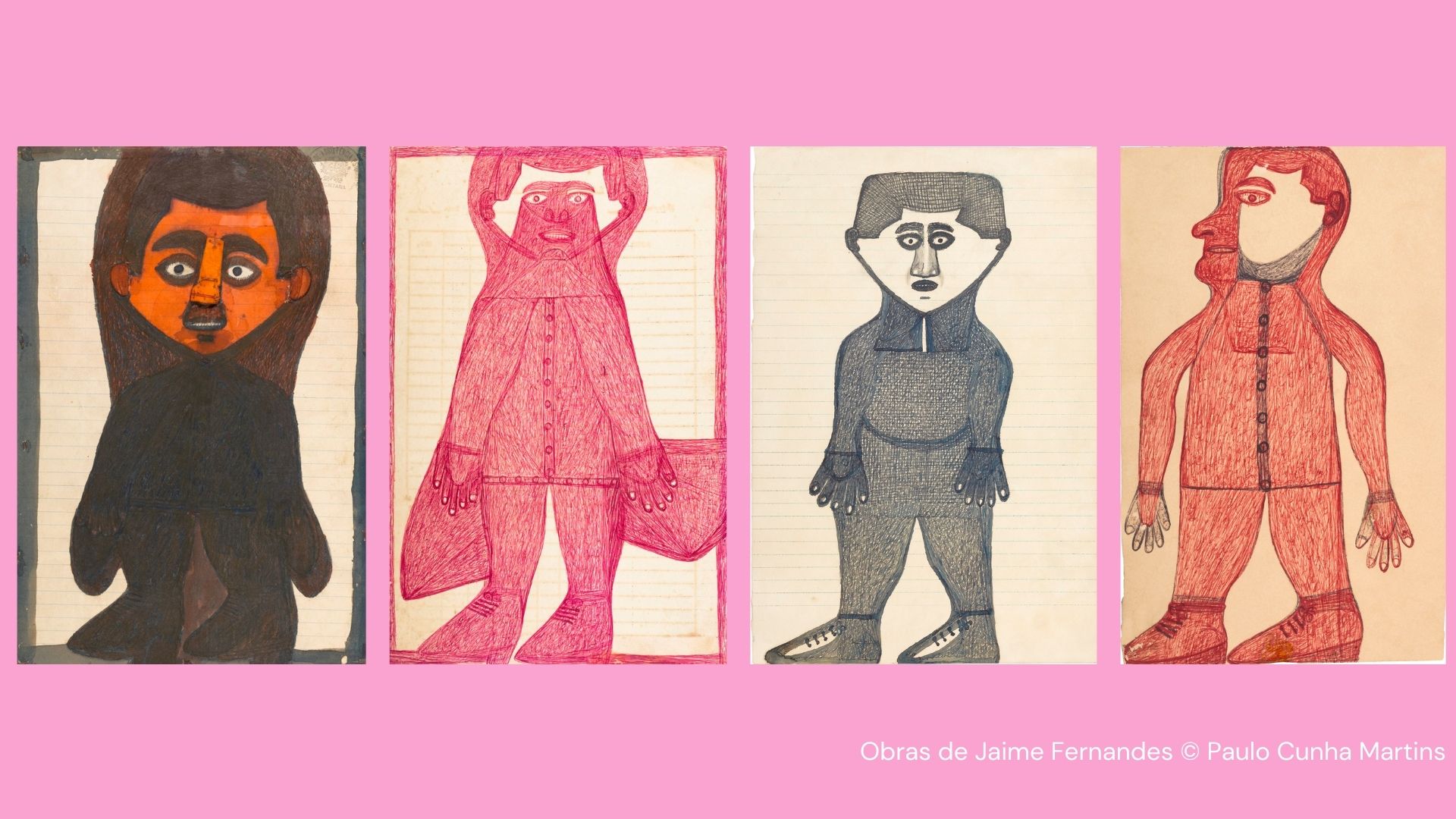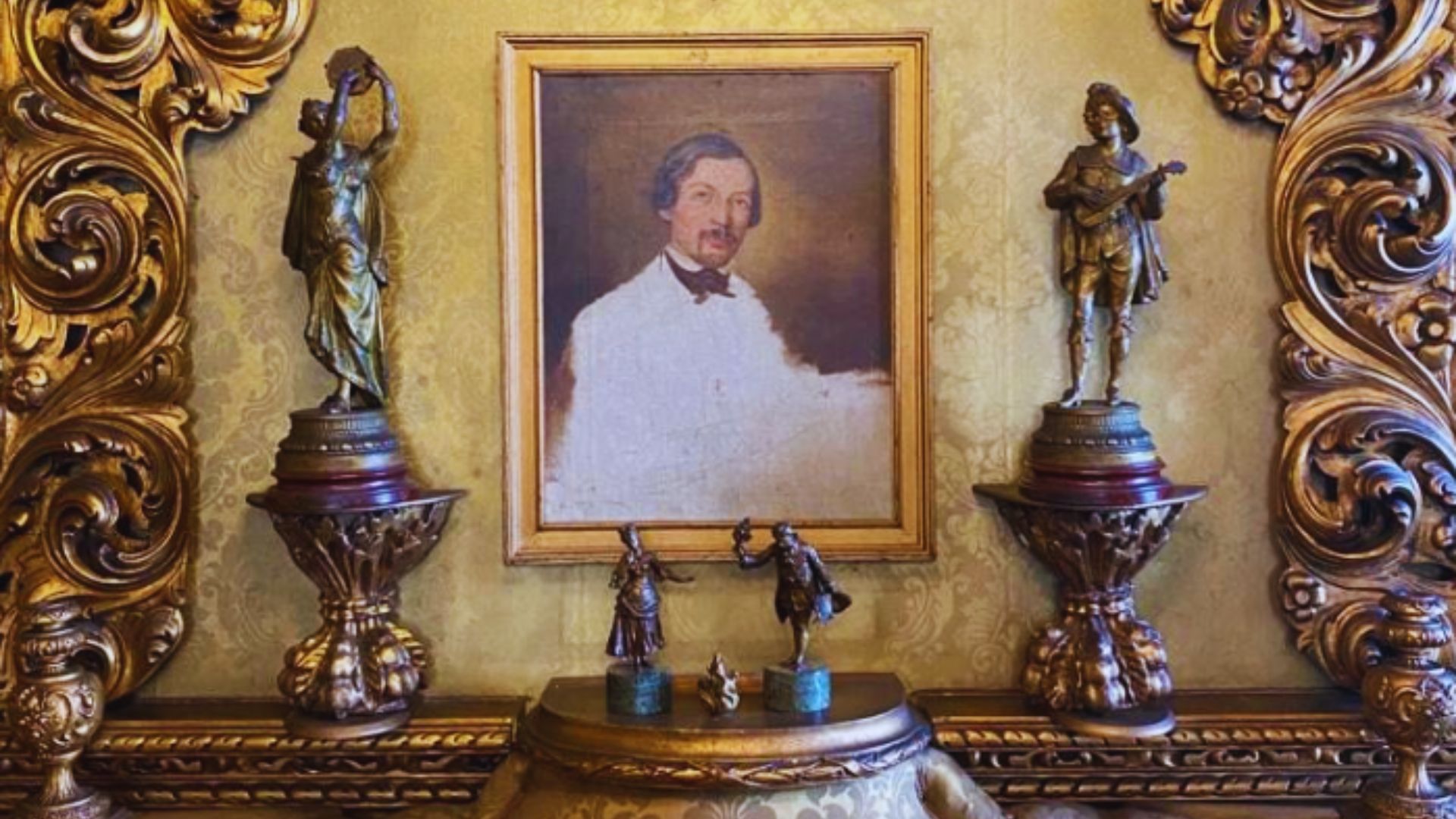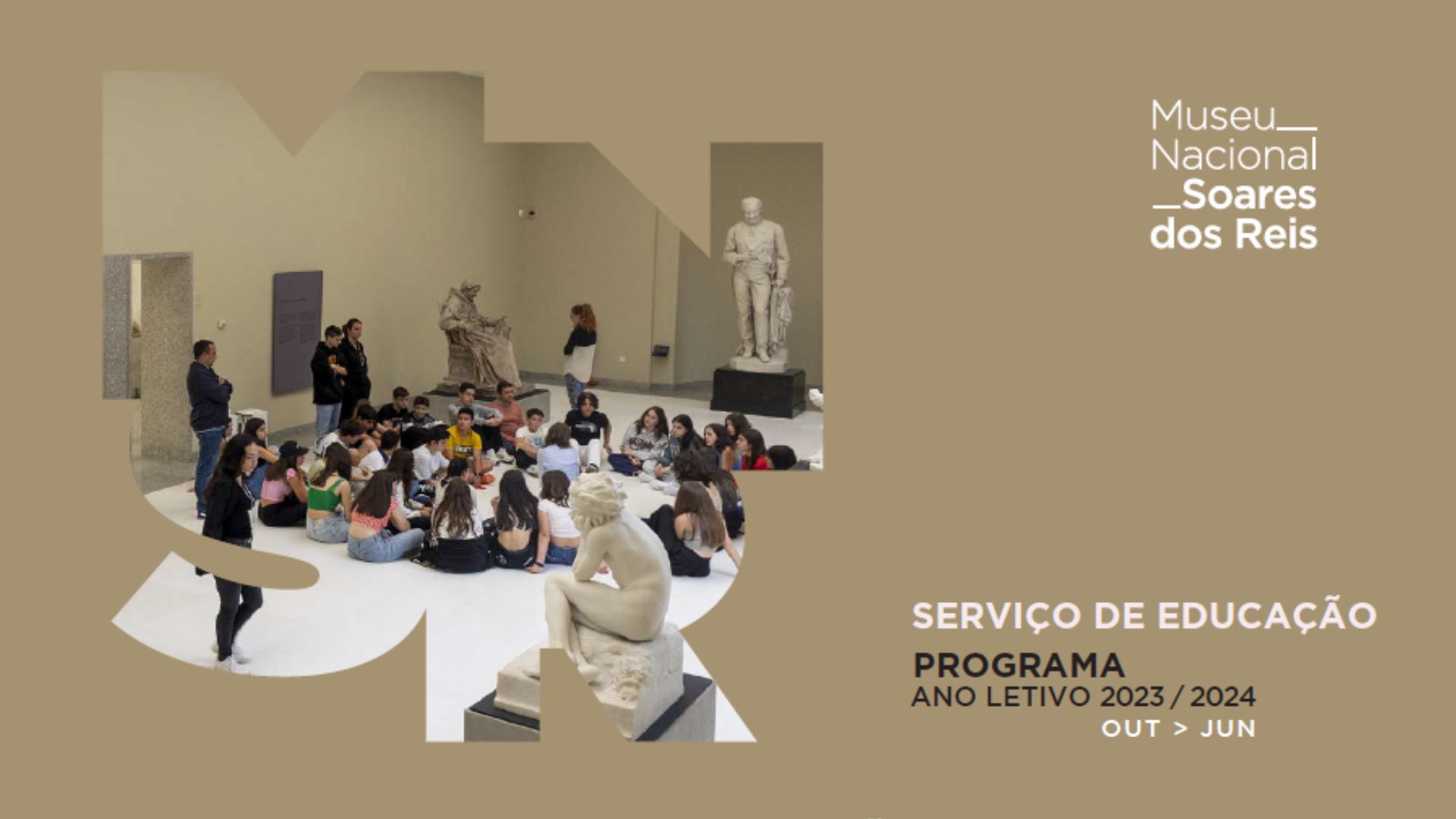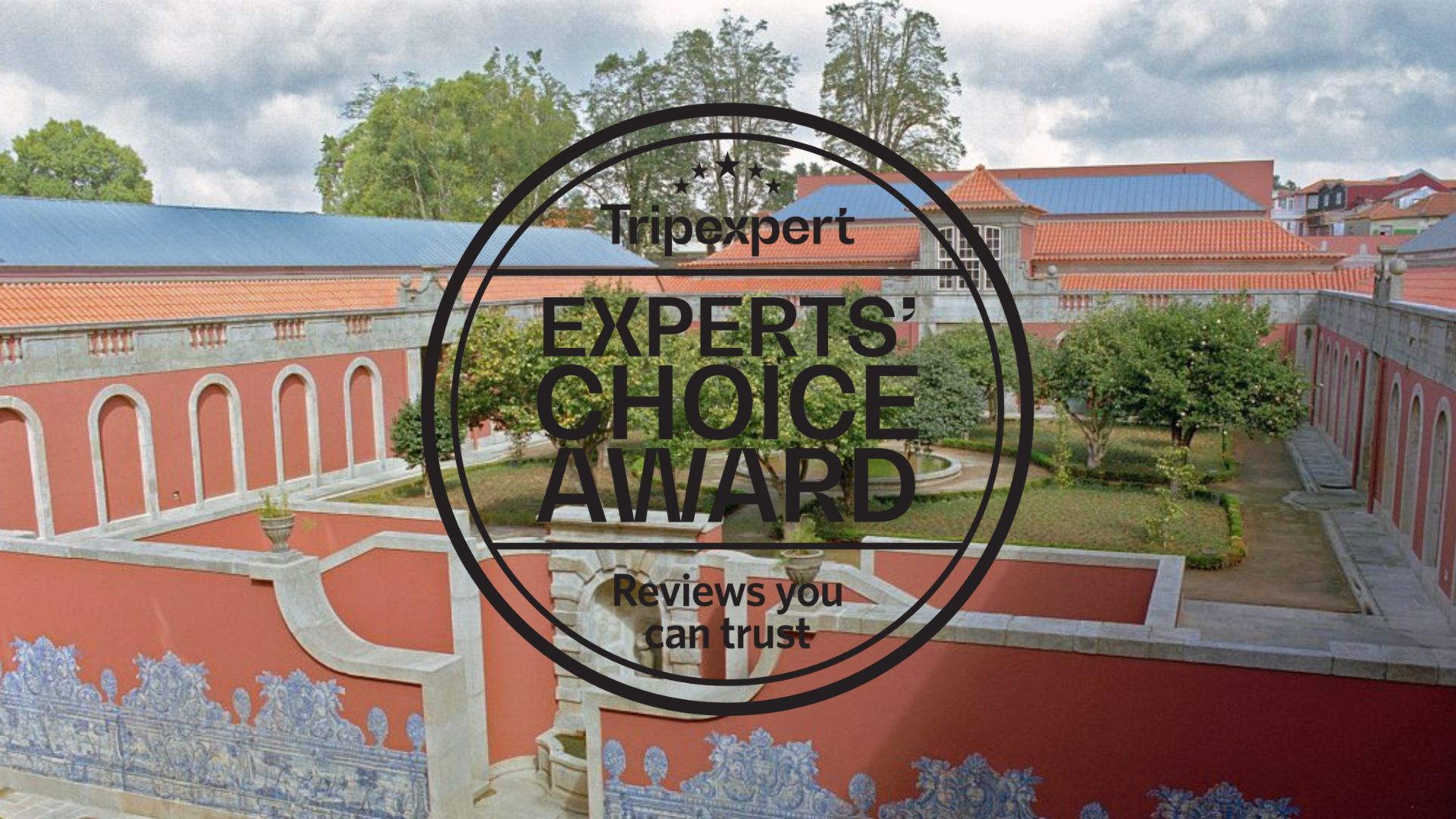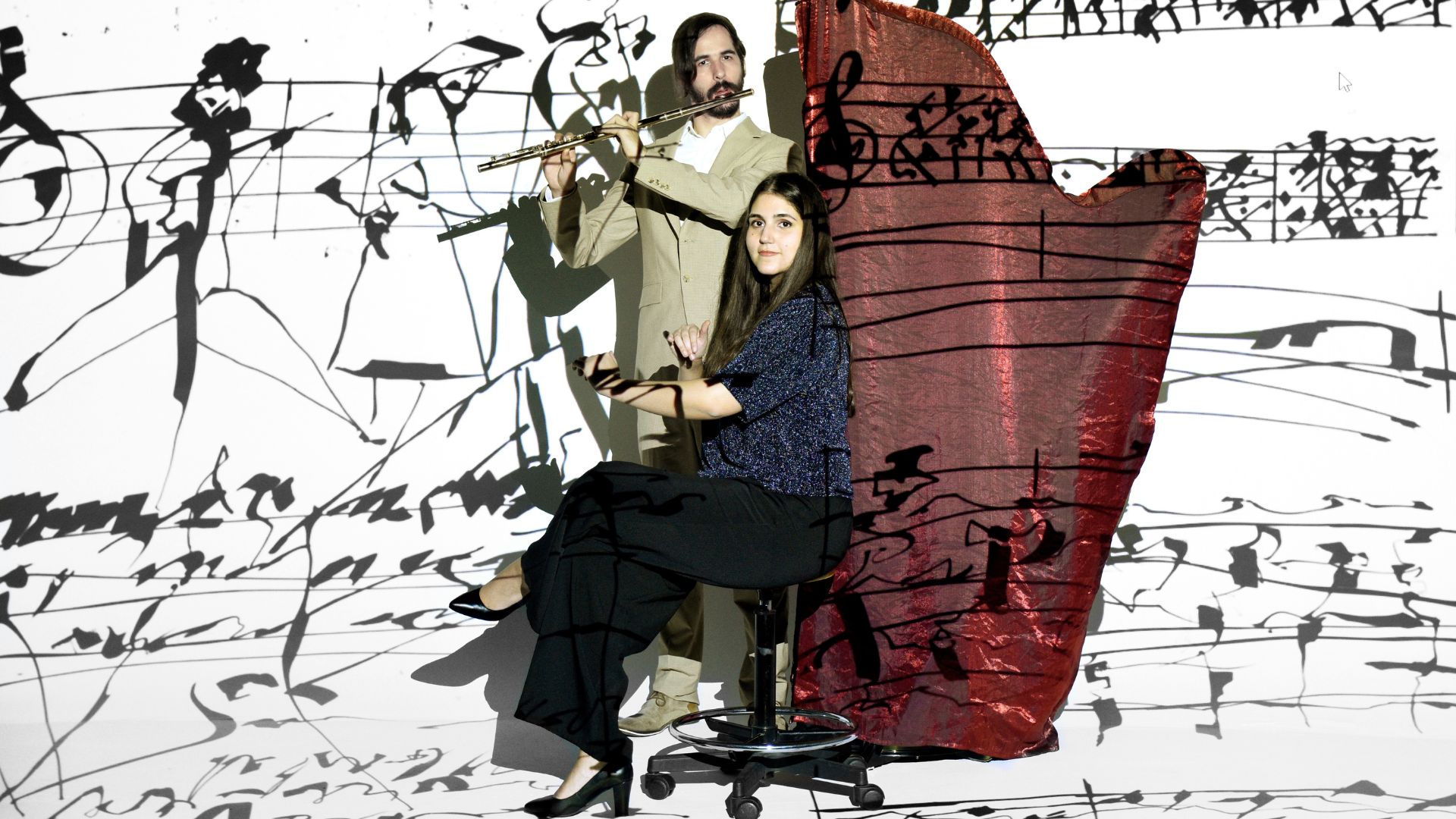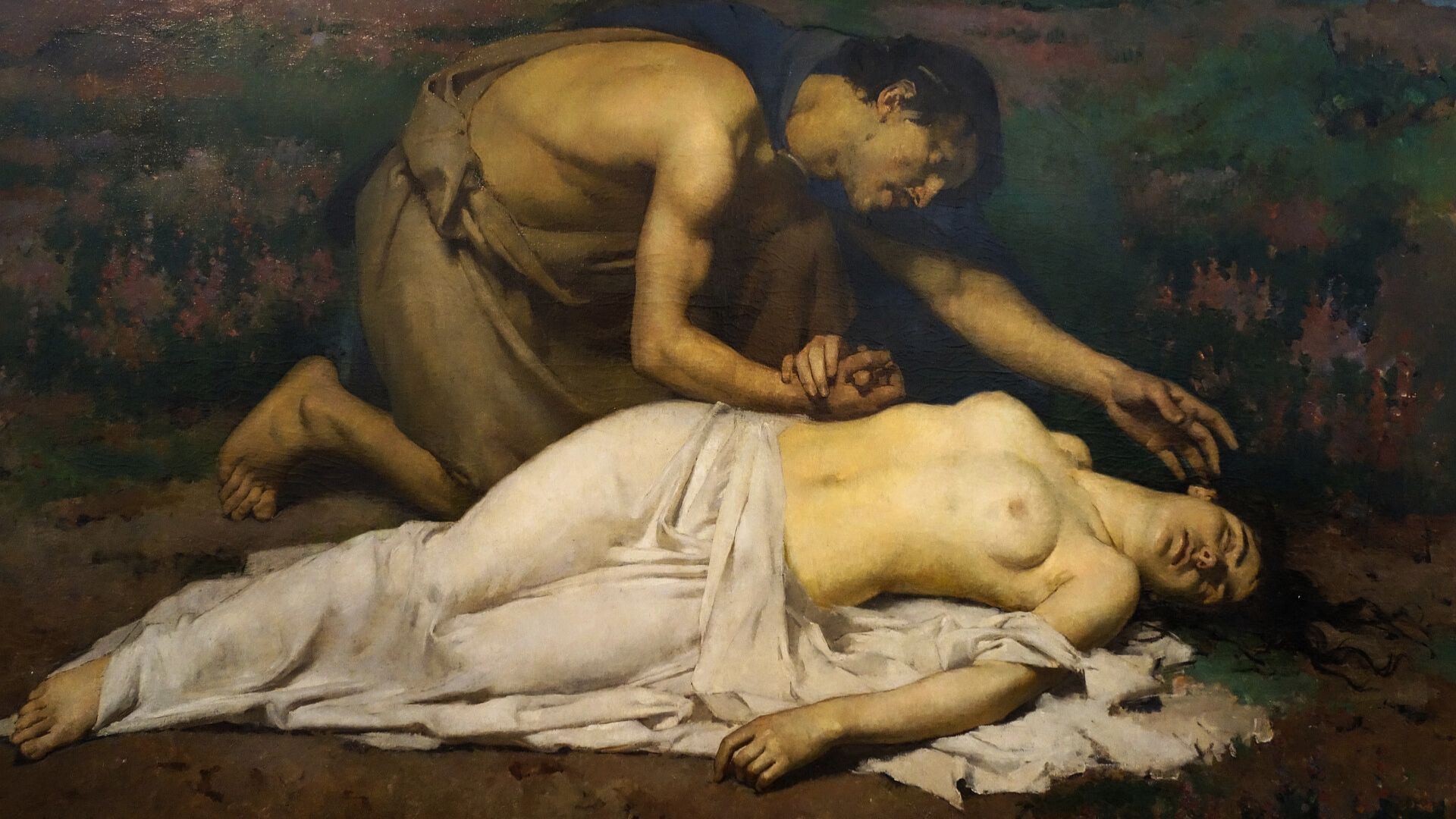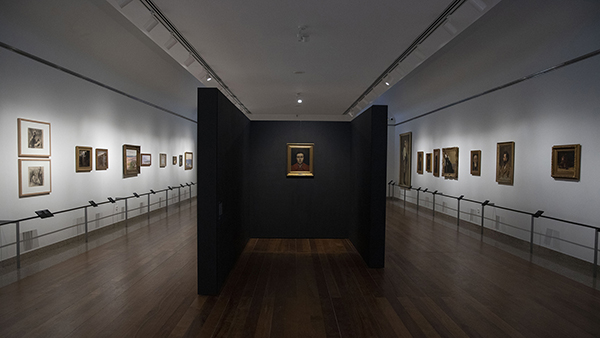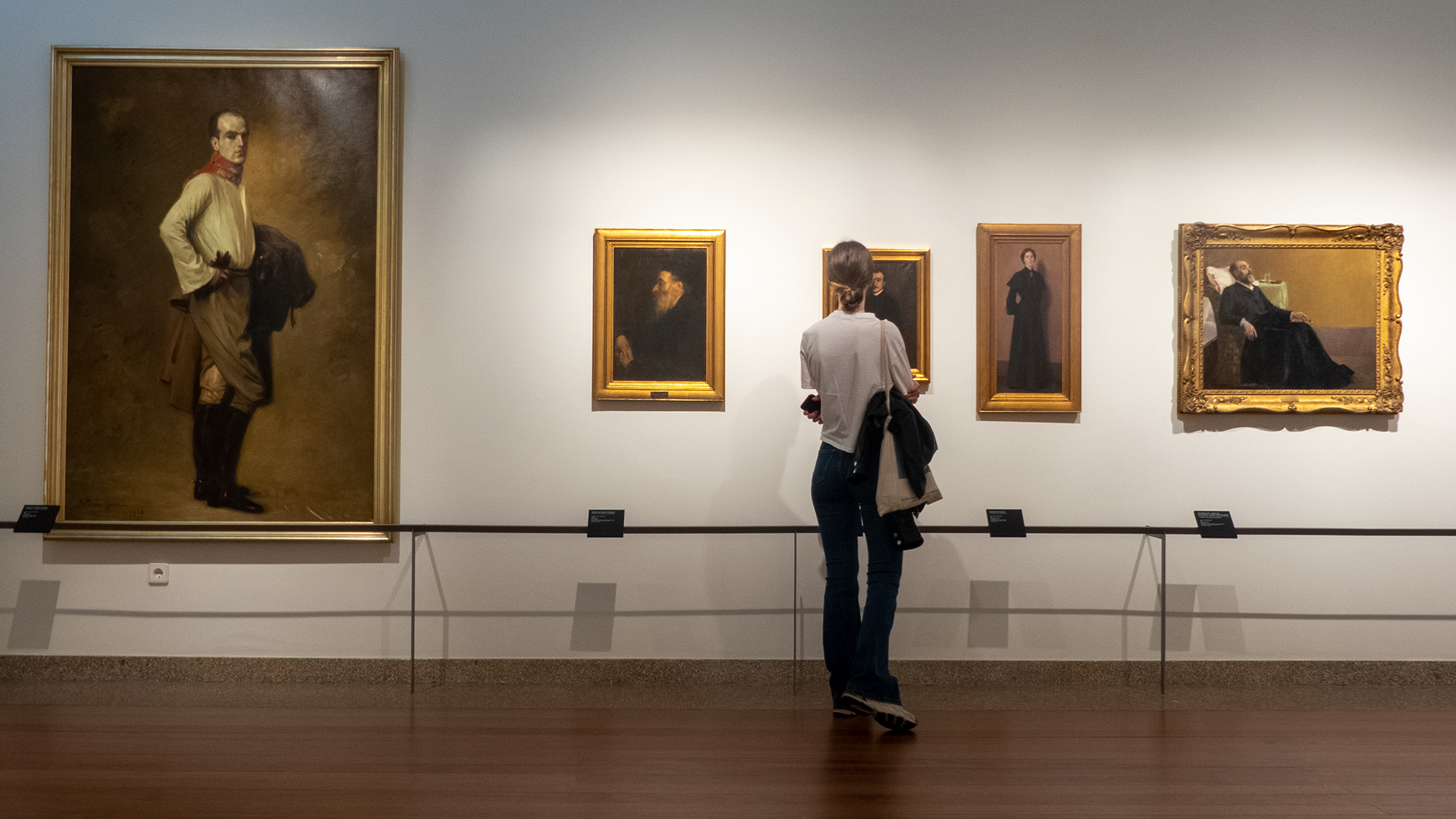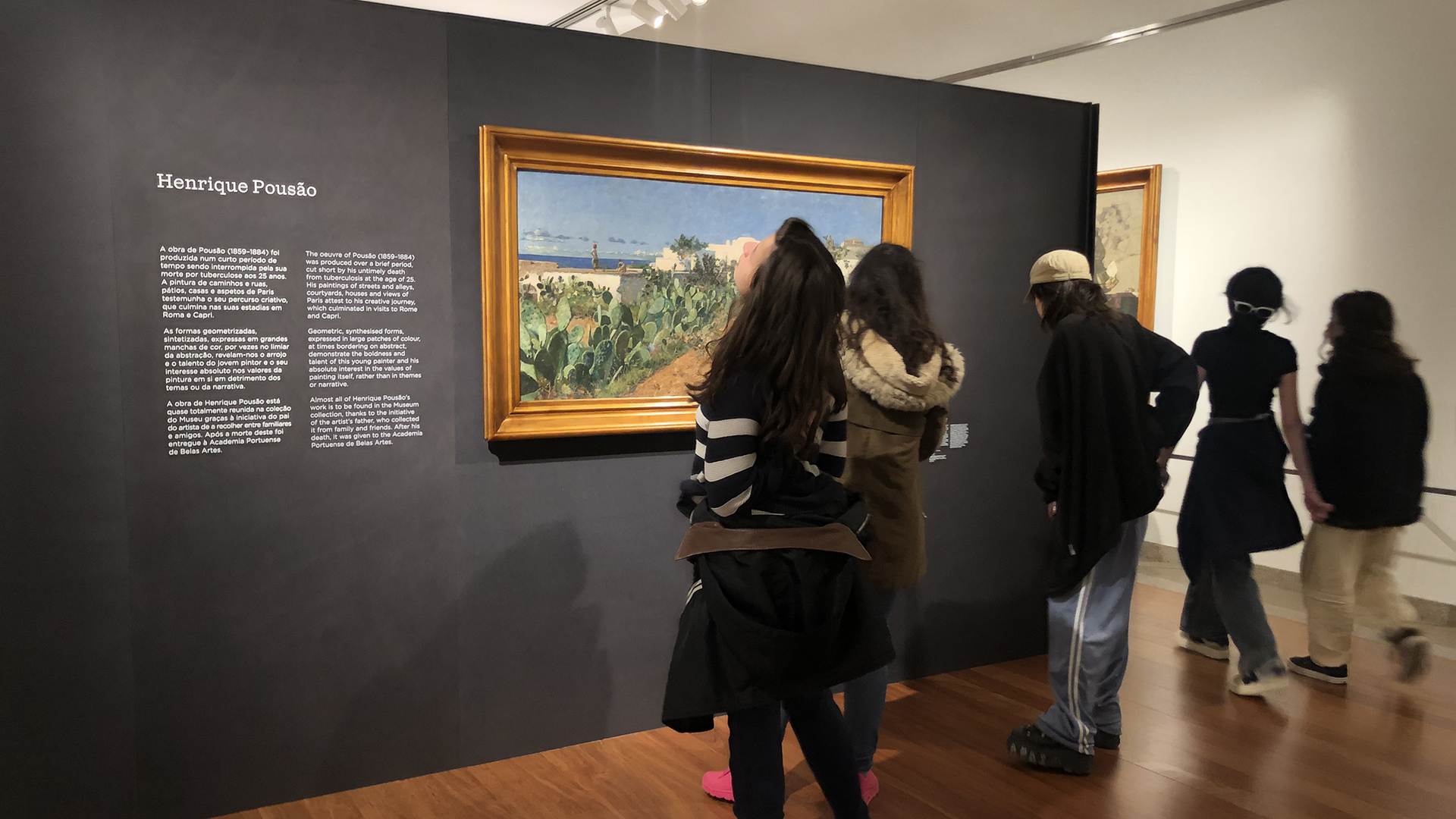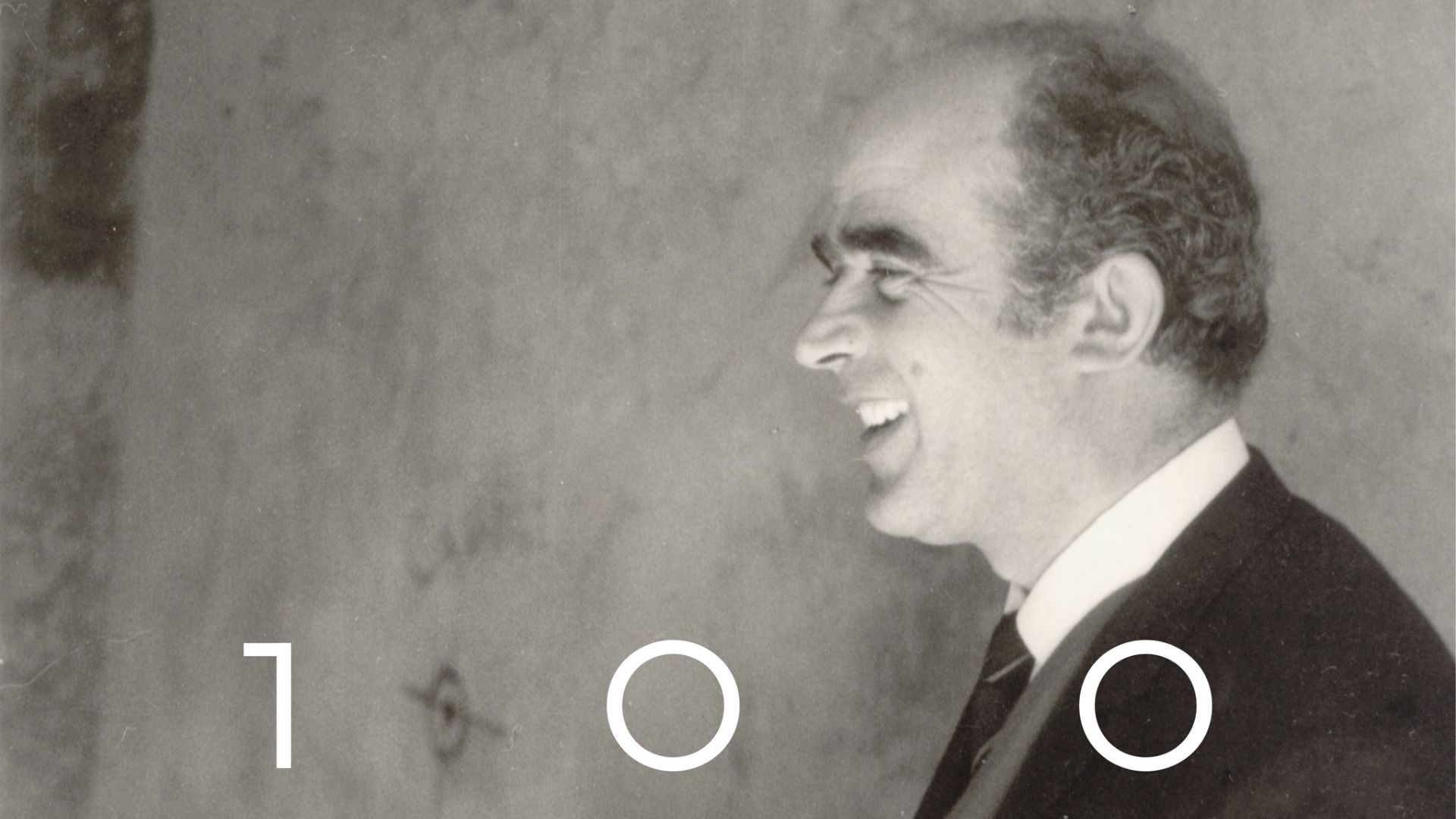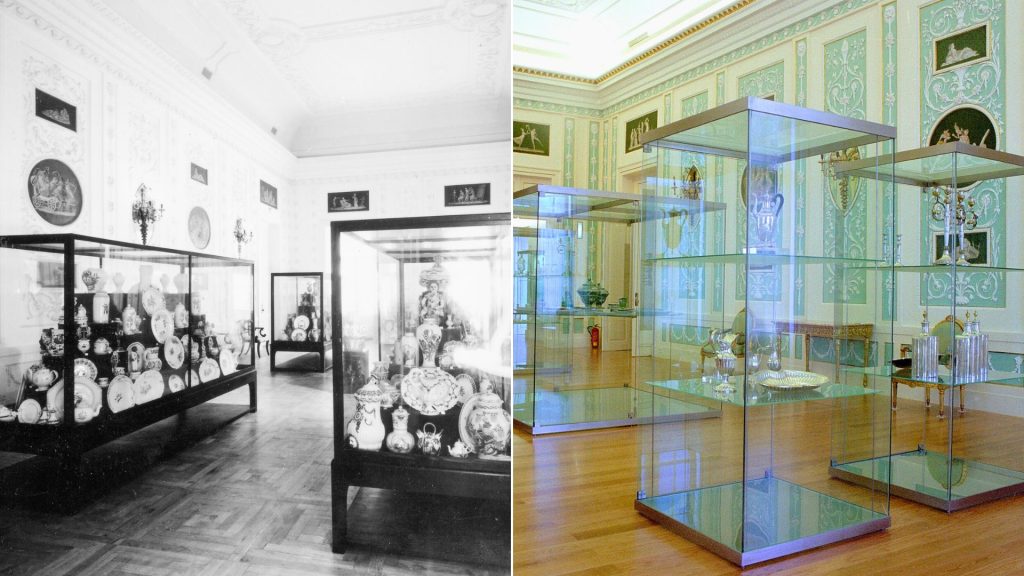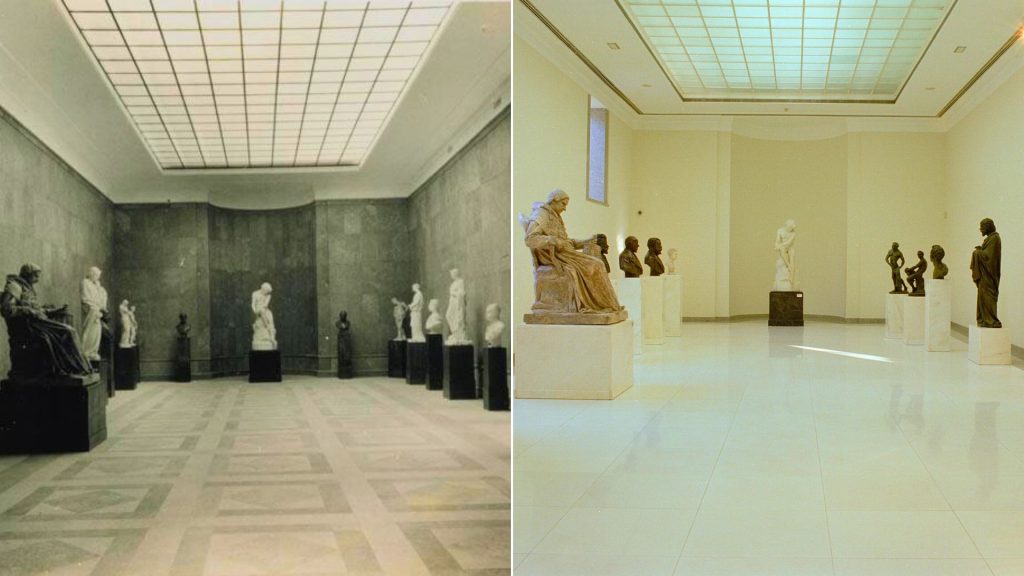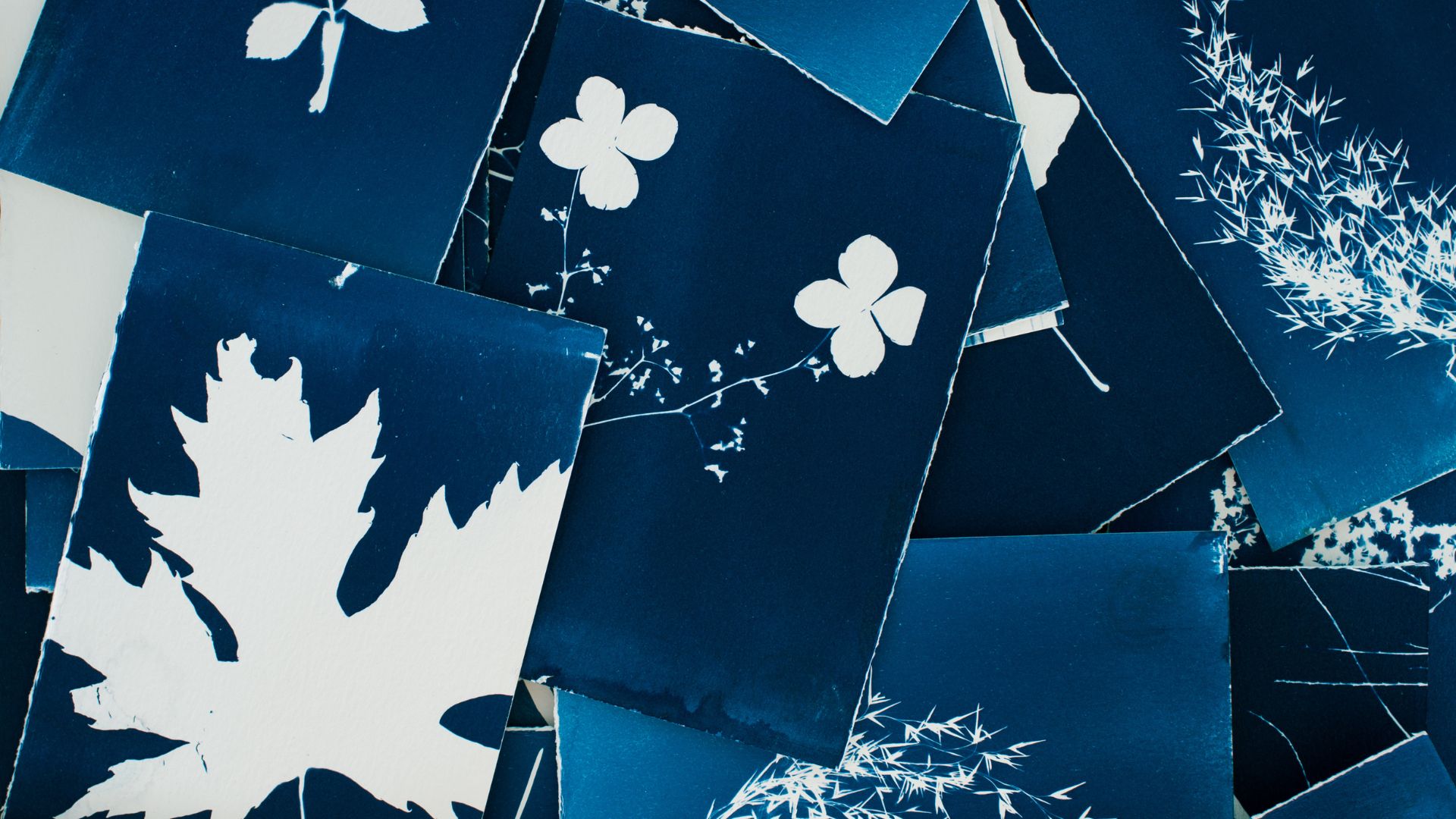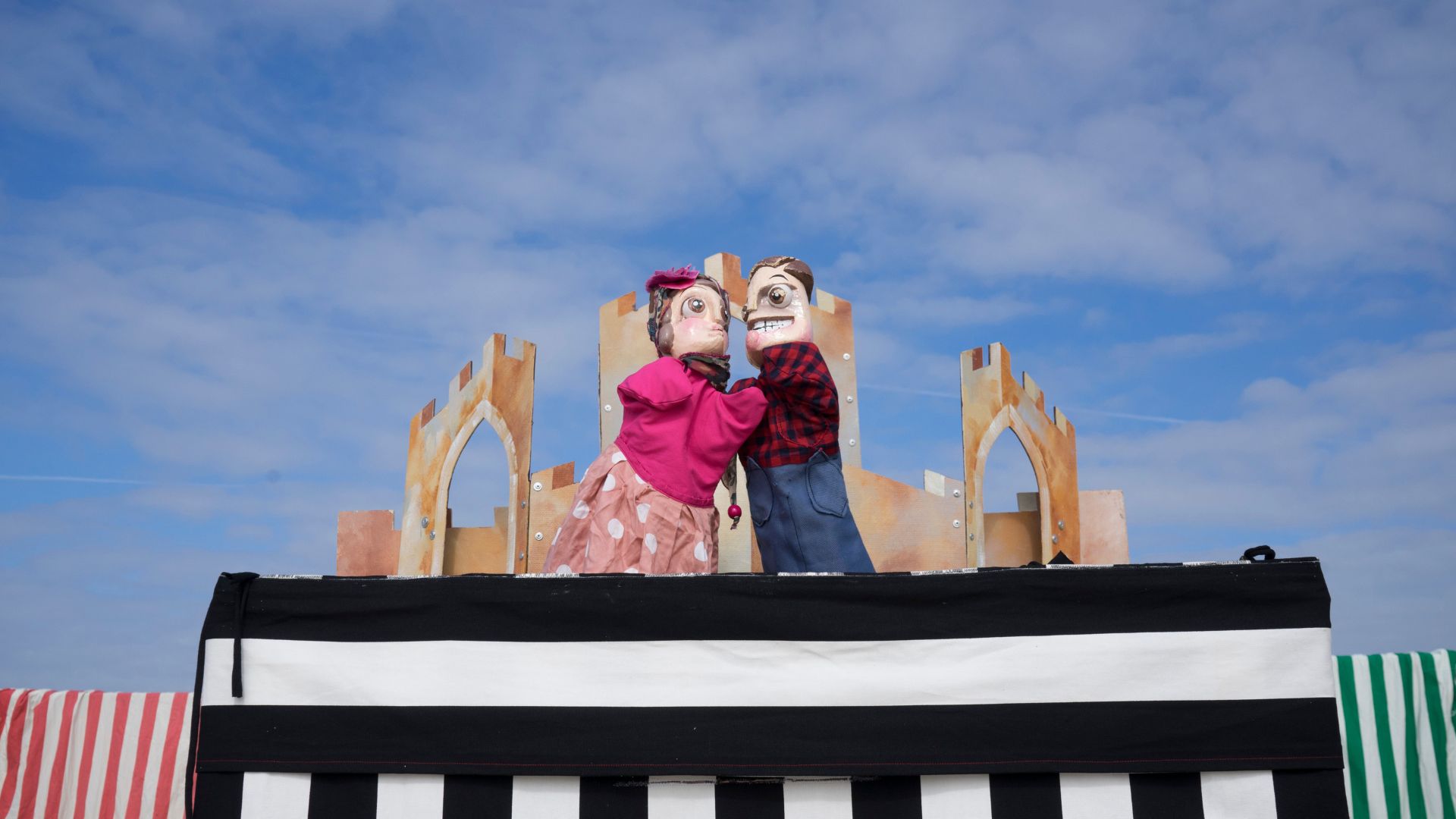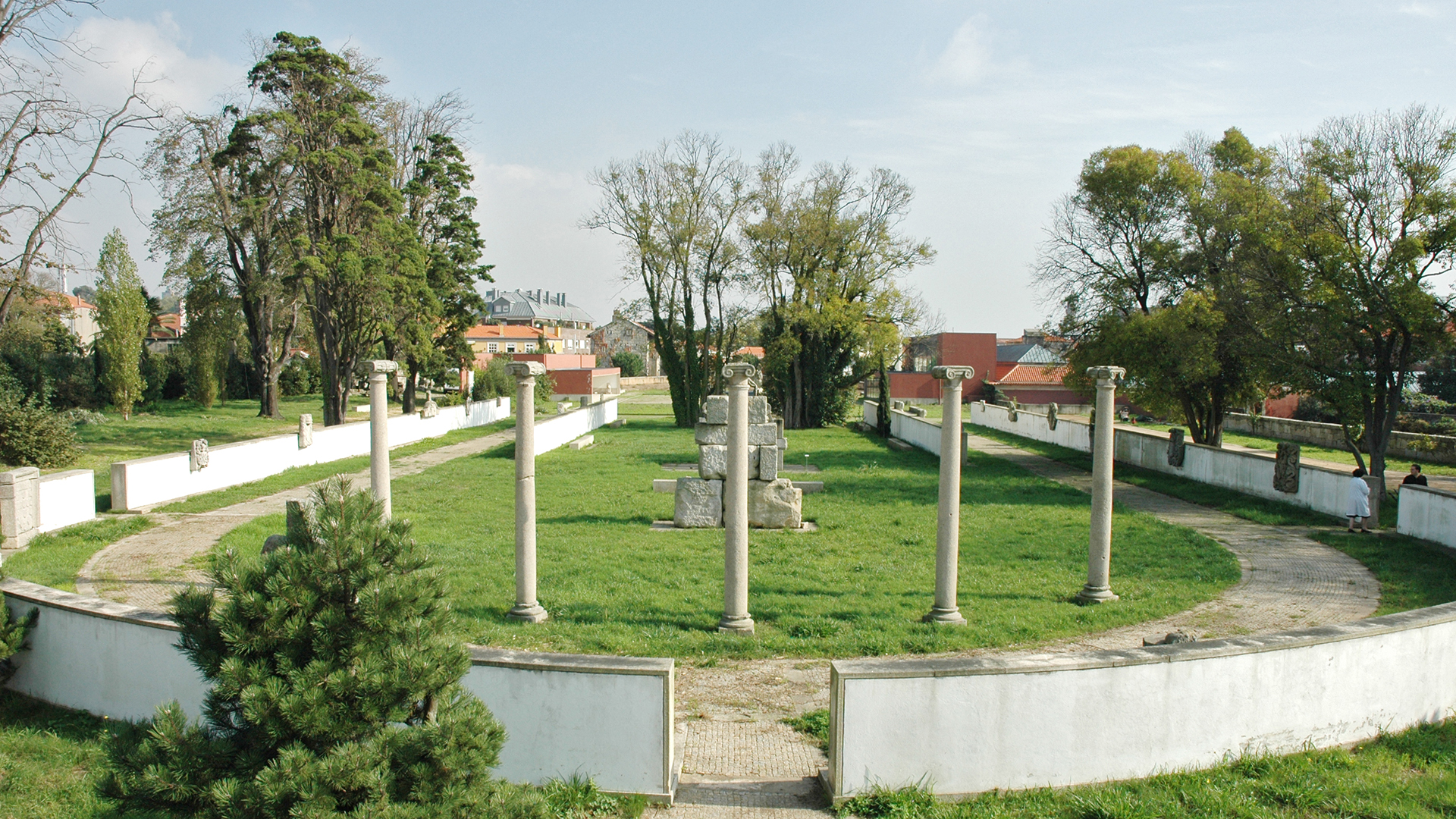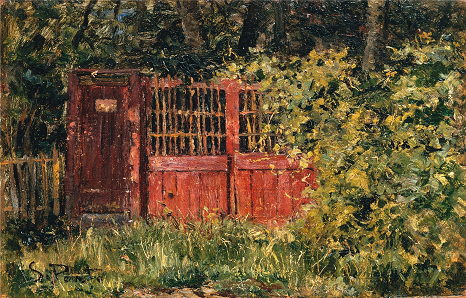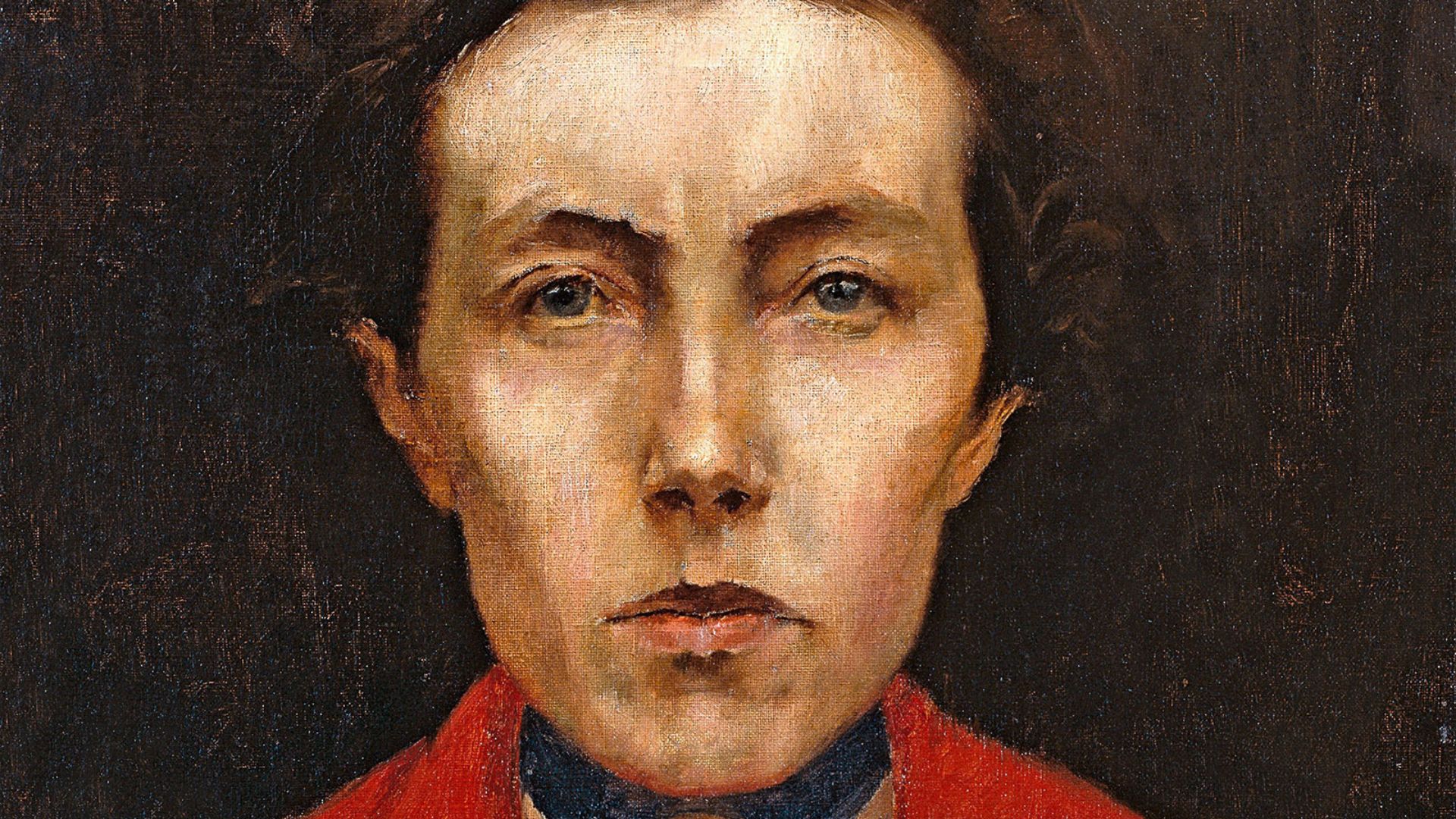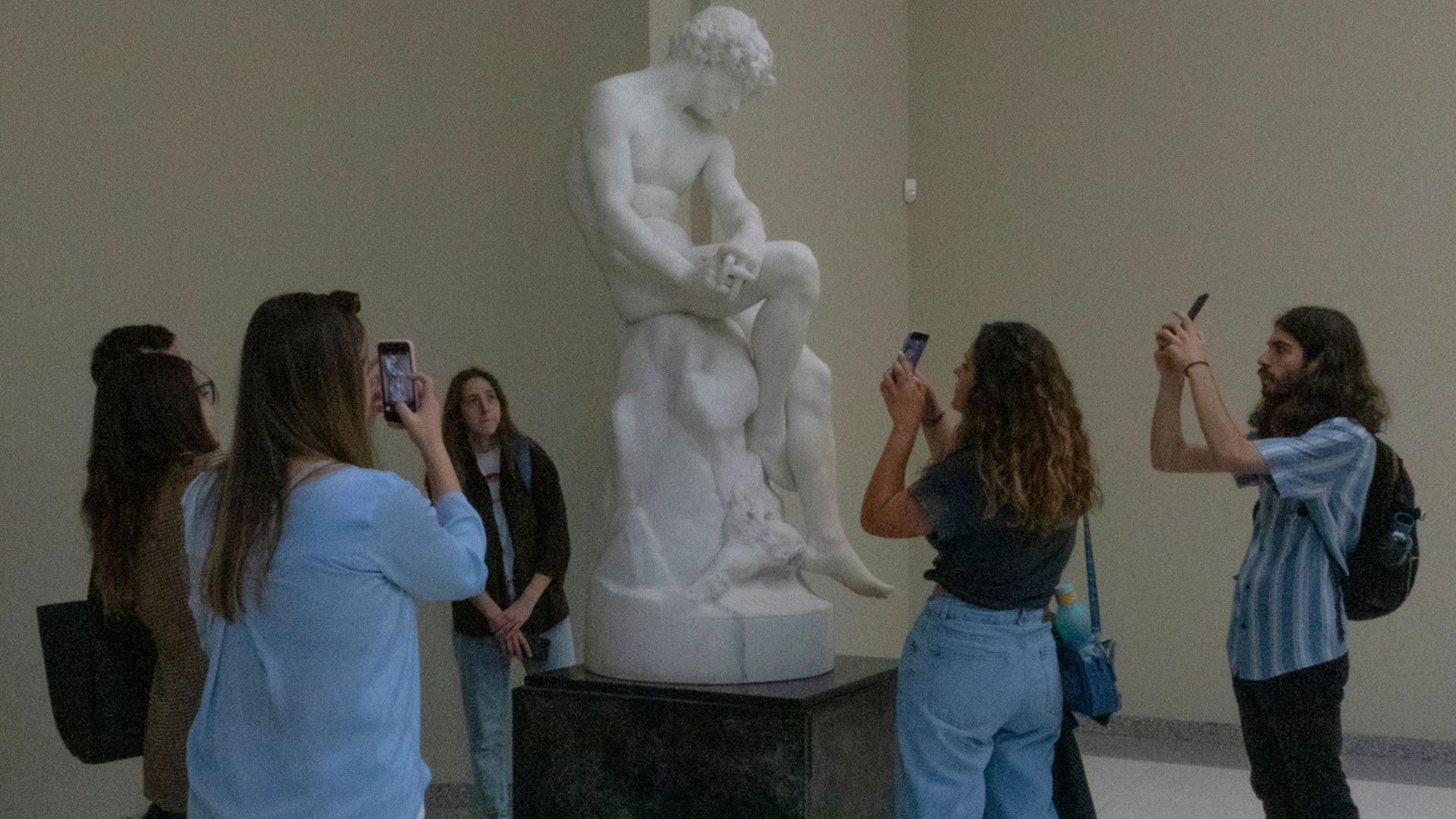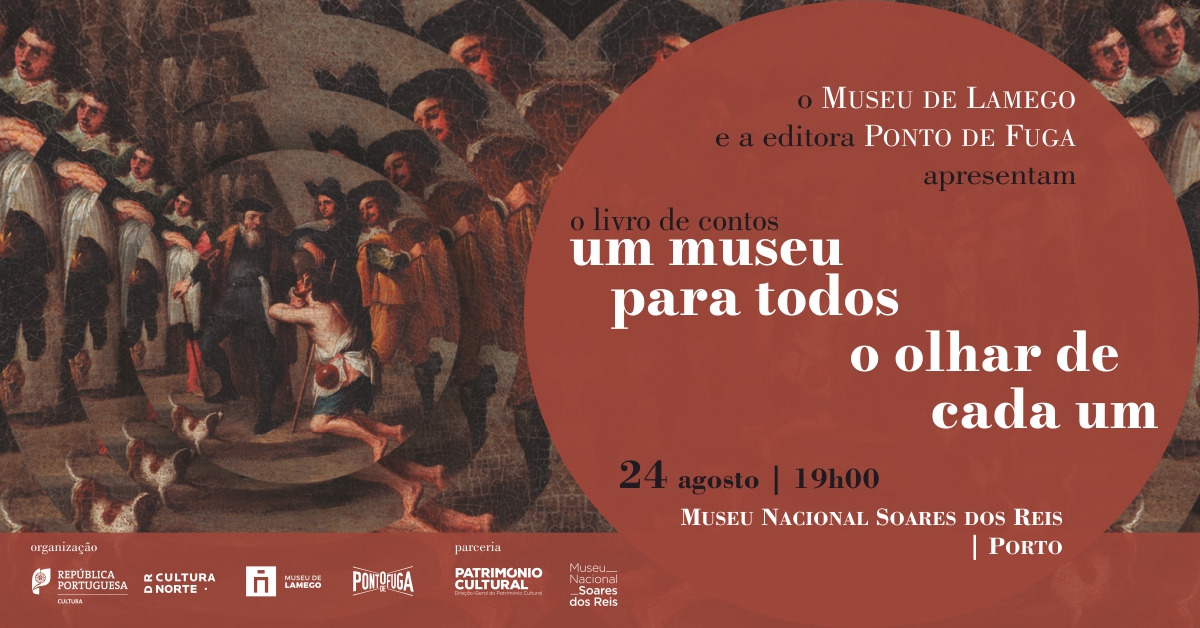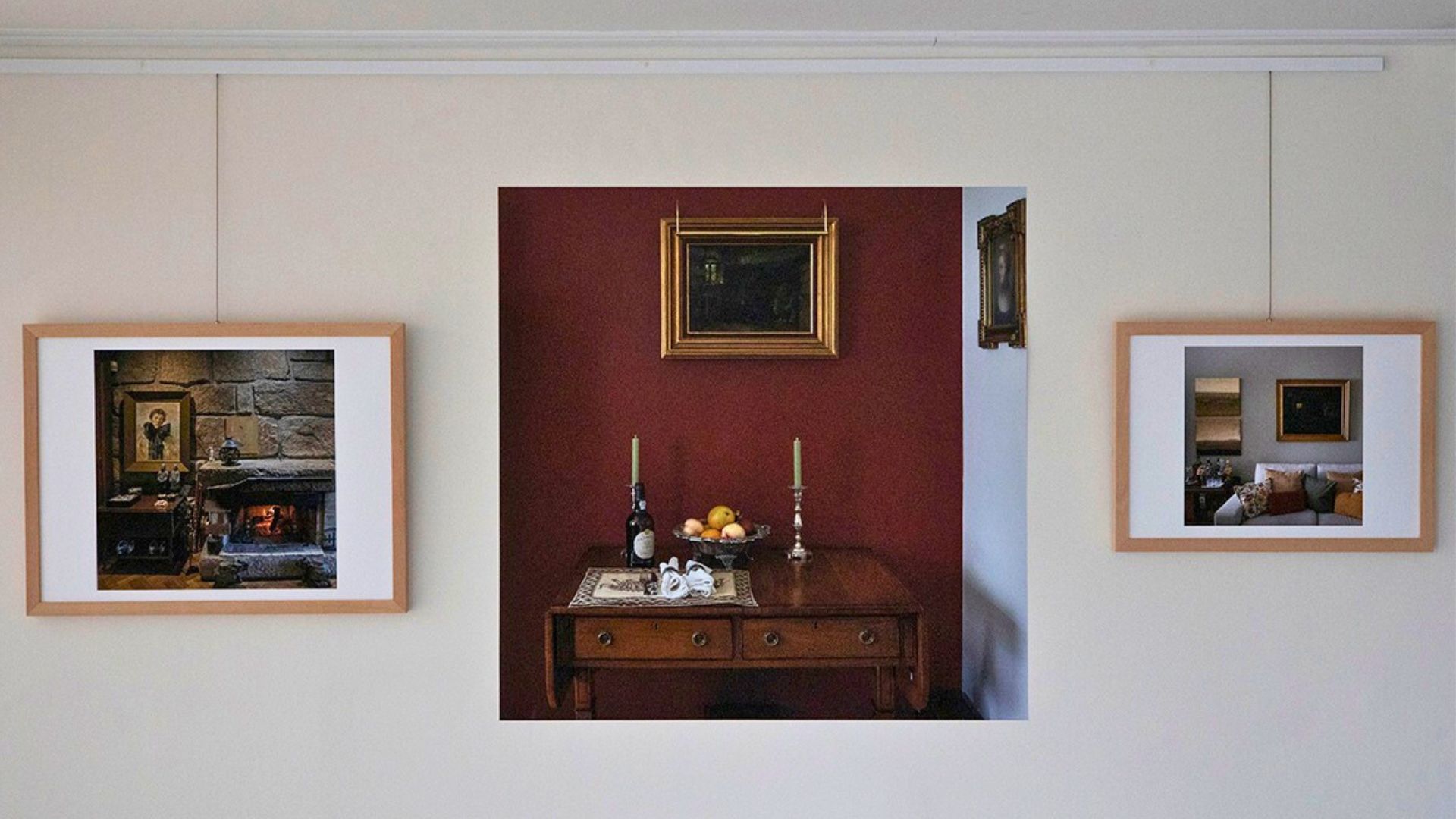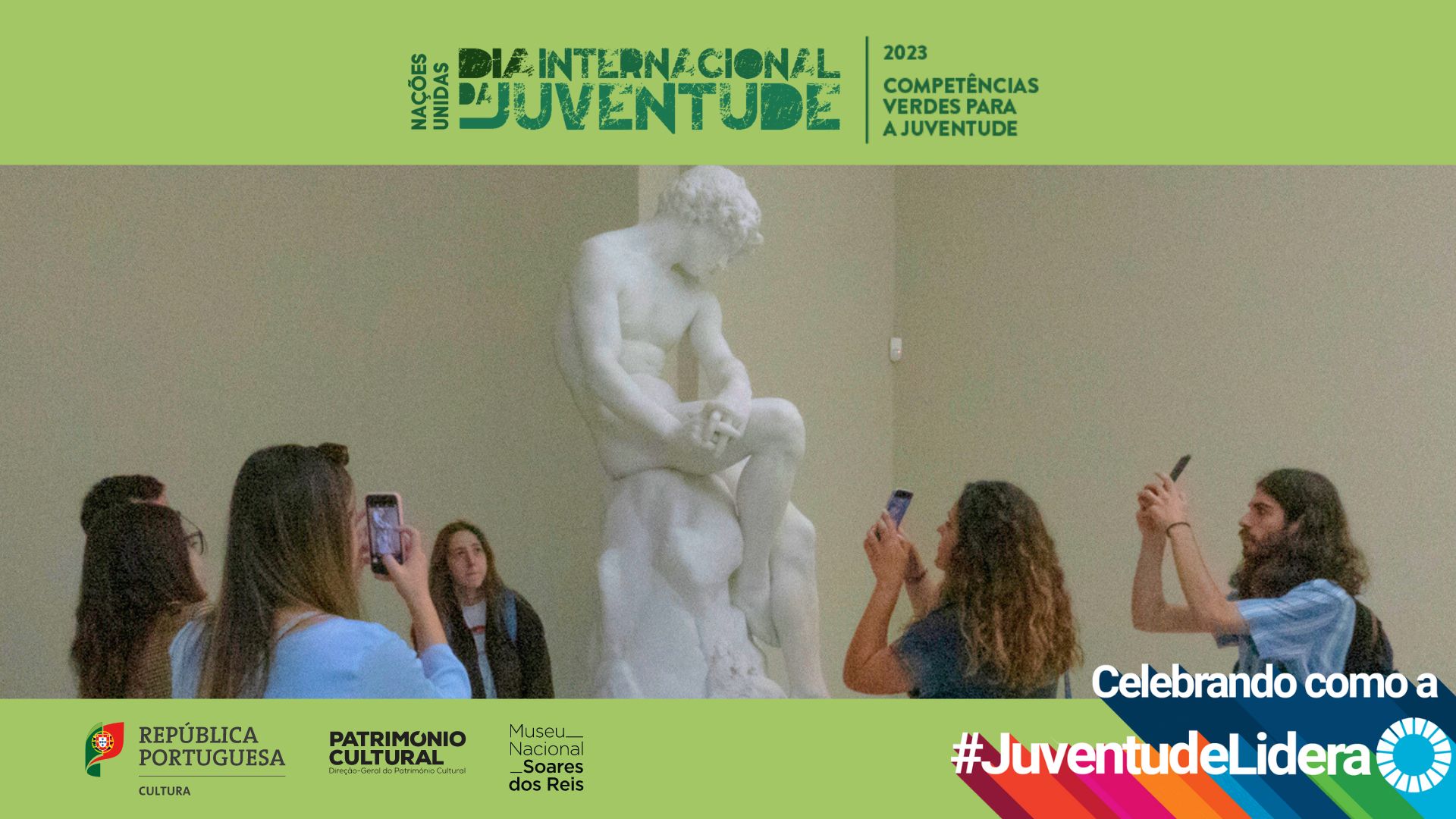Today a group of users from OficINa – Arte Bruta Inclusiva, an artistic creation centre run by the r.INseRIR Association in partnership with the Psychiatry Department of the Santarém District Hospital, visited the Portreto de la Animo Art Brut Etc. exhibition at the Soares dos Reis National Museum.
OficINa – Arte Bruta Inclusiva aims to support the rehabilitation of people with severe mental illness by mobilising art as a therapeutic tool. Painting, sewing or restoring furniture are some of the activities carried out in this space.
The theme of the exhibition Portreto de la Animo Art Brut Etc. is thus part of the programme objectives of this project, which was created in May 2021.
One of the members of the artistic creation centre who, this Tuesday, visited the Soares dos Reis National Museum is Tomás Vieira*, author of two of the pieces that make up the current exhibition.
The exhibition includes selected pieces from the Treger Saint Silvestre Collection that are related to self-representation processes and that were produced, mostly, in contexts of illness.
The National Museum Soares dos Reis thus provides a meeting of these works of art, inscribed in currents that go beyond the traditional ones, with others from its own collection.
It is intended to provide contemplation, empathy and reinforcement of the emotional link between the public and the compositions on display. It is about creating an experience of fruition, but essentially of raising awareness of the person’s inner world and its expressions.
According to information provided by the Portuguese Society of Psychiatry and Mental Health, Portugal is the country with the second highest prevalence of psychiatric illness in Europe.
The exhibition Portreto de La Animo Art Brut Etc., according to curator António Saint Silvestre considered “the largest Art Brut exhibition ever held in the Iberian Peninsula”, is promoted in partnership with the City Council of São João da Madeira, the Centro de Arte Oliva and the collectors António Saint Silvestre and Richard Treger, with the patronage support of the Millennium bcp Foundation and Lusitânia Seguros and the institutional support of Círculo Dr. José de Figueiredo – Associação de Amigos do MNSR.
The exhibition will be open to the public until November 12, 2023.
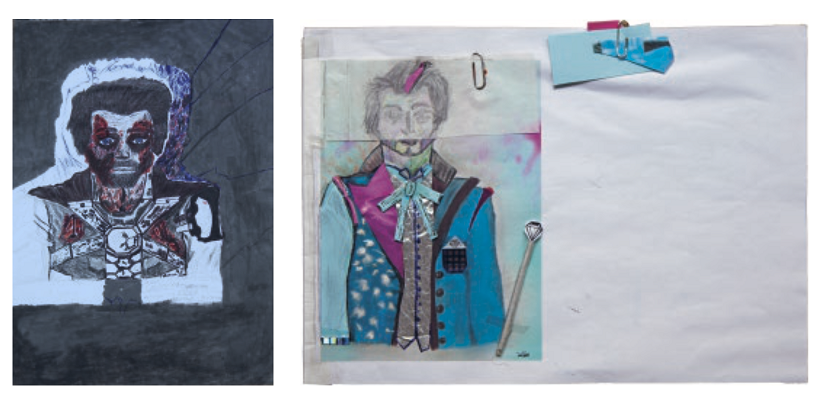
*Tomás Vieira is passionate about the arts, cinema and music. He likes to paint to the sound of music, the succession of sounds is his inspiration for “doodles” and artistic compositions.
The colors are inspired by the musical decades you listen to, each decade has its own aesthetic. For Vieira, the 60s are a red ball, the 70s are grey, the 80s are purple, the 90s are green, the 2000s are white and from 2010 onwards the colors are neon.
Tomás Vieira has a keen sense of humor and appreciates the simplicity of life. He criticizes the excessive use of plastic. Family and friends are his refuge. Van Gogh and Andy Warhol are his favorite artists and Bob Dylan, David Bowie and Talking Heads are his favorite musical groups.
She currently attends “OficINa-Arte Bruta Inclusiva”, an artistic workshop run by the Department of Psychiatry and Mental Health at the Santarém District Hospital.
